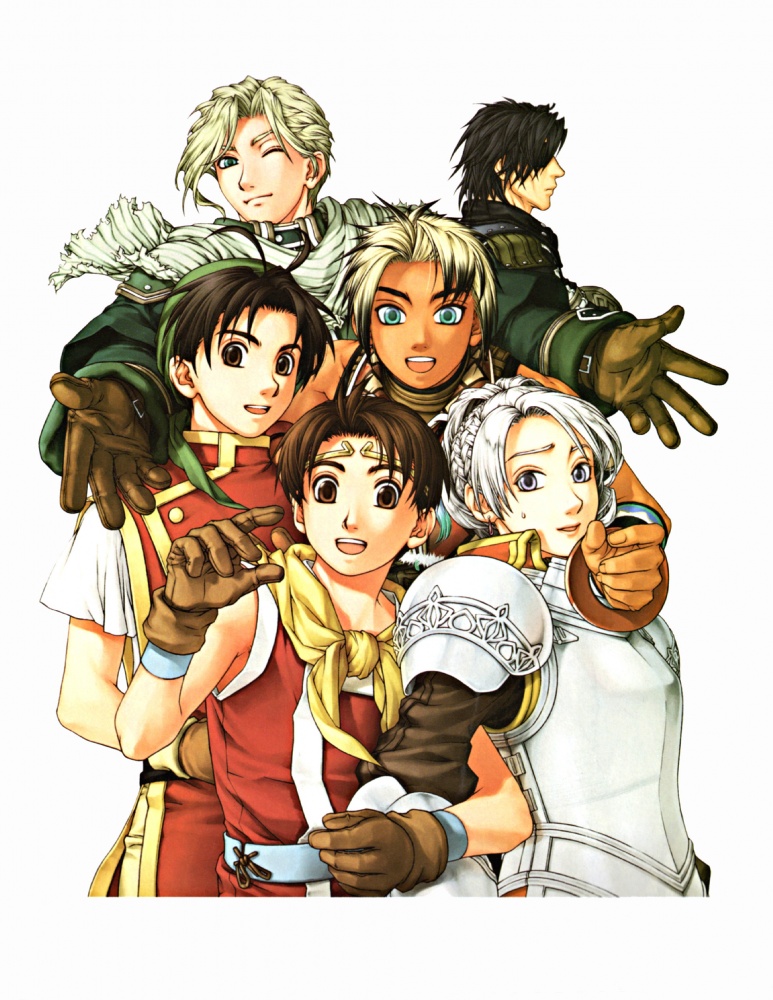
The late 90’s is considered by many as the “Golden Age of RPGs“. These nostalgic fans usually point out a lot of classics released at that time, games immortalized and critically responsible for the development of the industry, as proof that it was indeed a golden age. There was no shortage of either quality or quantity for the genre, from traditional turn-based to real-time combat, there was an RPG for every kind of fan, and they usually were among the best of their generation
Suikoden was one of the games released at that time. It was a game with its roots and technology still in the age of the SNES, with 2D sprites and backgrounds, far from realizing the potential of the new Playstation. Released in december 1995 in Japan and an year later in the US, Suikoden didn’t boast a big marketing such as a Final Fantasy or even a Tales game, neither it was called “colossal” or praised by the western media. Its release was timid, but its impact was unique in those who had the fortune to play it
At that game started a series completely different from the competition, a true series, not just a franchise with recurring elements such as Final Fantasy and Tales. Suikoden would, starting from its first game, tell a story about a single world, brimming with details, remarkable characters, exquisite kingdoms, wars, betrayals, politics, and magic. The first game followed the saga of Tir McDohl in the middle of what was called the Gate Rune Wars, a conflict of large importance in the region of Toran involving something more than simply sword and magic: the True Runes. The following games would approach different wars, different eras, different people.
All of the numbered Suikoden games, however, have some essential characteristics
- Each game will tell a story about a great war in the world of Suikoden. There is no “saving the world” or becoming the “hero of universe” or similar stuff. Suikoden is a sober series, its feet firm on the ground regardless of having fantastic elements.
- The protagonist is always a common person. Tir, Riou, Chris, Hugo, Geddoe, Lazlo, and Freyjadour do not have superpowers. They are common people, children of some noble, princes, villagers, mercenaries, soldiers, etc. The only link they share in common is being destined to lead people into one of the wars, which usually involves…
- A True Rune. There is always at least one True Rune in the middle of the explored conflict. The world of Suikoden is ruled by magic runes, capable of granting those who wield it the ability to use magic of a certain aspect or element. There are runes of fire, ice, fury, thunder, and so son. The types are many and they grow with each released game to work on the customization and strategy aspects of combat. However, every rune is just a lesser representative of one of the 27 True Runes. These True Runes are taken in as divine-like beings for some, ruled by something beyond what people can perceive and surrounded in mysteries. One chosen by a True Rune gains many exceptional powers about certain aspects, but along with it they also earn a special place in the threads of fate in the world of Suikoden.
- The protagonist will always lead a revolution. In the middle of the war serving as the background for the story of a game, the lead, after being chosen by one of the True Runes, will serve as a pillar to a revolution or rebellion. He or she will recruit allies through their deeds in warfare, charisma, or through their closest friends. Each game has 108 recruitable characters capable of helping you in combat, selling items, unlocking mini-games, acting as military leaders, or simply populating the base of operations that is built throughout the game.
- You will lead armies. Every game of the series has, at some point, large scale combats putting your recently acquired army against enemies of the most varied kind. These moments are rare in the games, but they play important parts in the story and, for that, each game has a tactical strategy mini-game to simulate the massive combats. These systems are simple, different in each game, but always with a special touch.
- There will be references to other games. Although each game takes place in a different region of the world and different time period varying from a few years to decades, there are always references between the games. Even the first Suikoden already mentioned wars in the Island Nations and had some clues about events in the Grasslands and other locales, which later were detailed in the following games. Some characters appear in more than one game too, such as Viki and her mysterious blinking rune, Jeane and her sexy clothes, Nash with his manly charm, etc. There is always a flair of mystery when we see a character appearing in another game, be it because of the impression that they are “immortal” or because they look older (or younger) and give us a new vision about them.
- There are always betrayals. As in every good war story, be ready for memorable moments in each game. The twists and turns are always present and some unexpected deaths are always there to give more emotion to the narrative of the game and the unfolding of events.
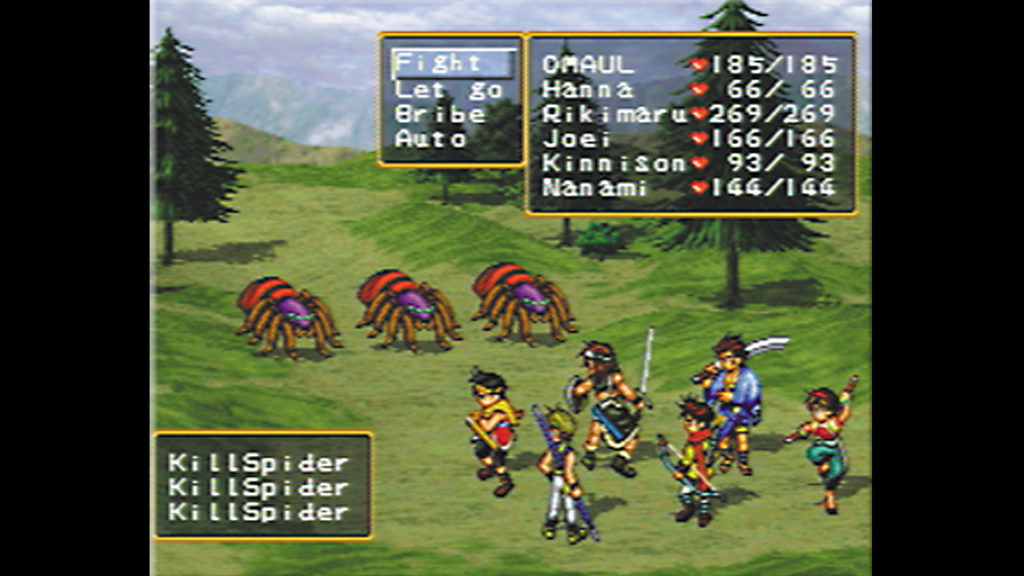
Combat!
Besides elements related to story and world-building, the game mechanics of combat are always similar, receiving some light refinement and changes with each new episode. Every numbered game with the exception of Suikoden IV puts you in charge of six allies during combat, which takes places in classic turn-based system where runes act as customization points and give you access to magic and special abilities for everyone. Each game adds some extra element, such as a Skill System in Suikoden III, runes capable of enhancing weapons in Suikoden II, etc.
Duels!
In addition to traditional combat and the tactical strategy combat involving armies, Suikoden also has key duels at some points in the games, working with a mechanic similar to Rock-Paper-Scissors (in this case, attack, defense, and counter-attack). Although simple, it is a cool way to show some dramatic battles and give you a change of pace.
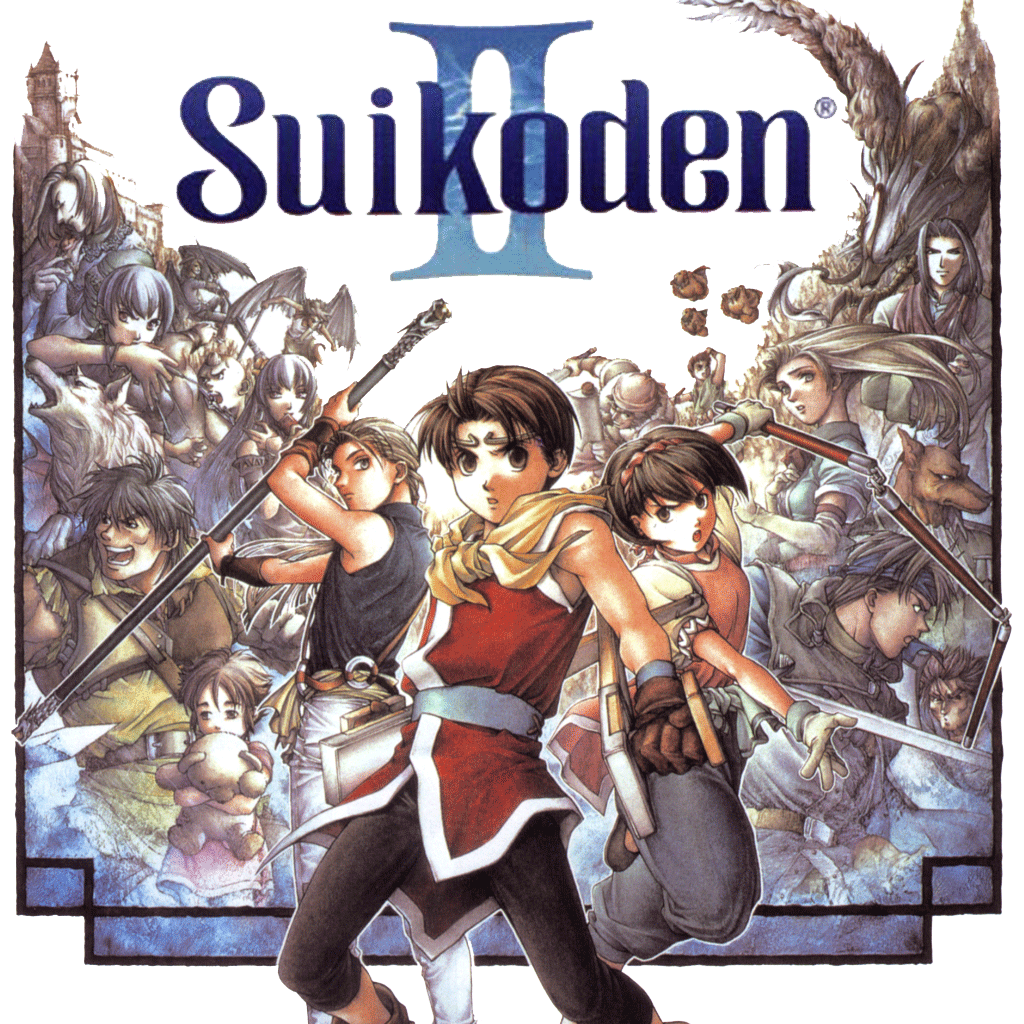
Suikoden II and its Plot
Every game of the franchise has excellent storytelling, but none reach the levels of Suikoden II. It tells the story of a trio of friends, Riou, Nanami, and Jowy, in the middle of a war, divided by greater forces and put in opposing paths. The betrayals, the extraordinary villain, the revelations, and the dramatic flair of many moments of the game make it a favorite among fans.
Suikoden III and its Narrative
It is worth noting that, although many consider Suikoden II the best in the franchise, it is Suikoden III the game with the wider range of innovation, one of the major of them being the narrative, which tells the story of not one, but four protagonists (Hugo, Chris, Geddoe, and Thomas) in the war between Grasslands and Harmonia. There is no precedent for the extraordinary style of telling a video game story as in Suikoden III, specially because it not only puts you in command of each of the four leads, but shows their different point-of-views about the same events and also gives you the option to choose between three of them to be the true protagonist in the final part of the game.
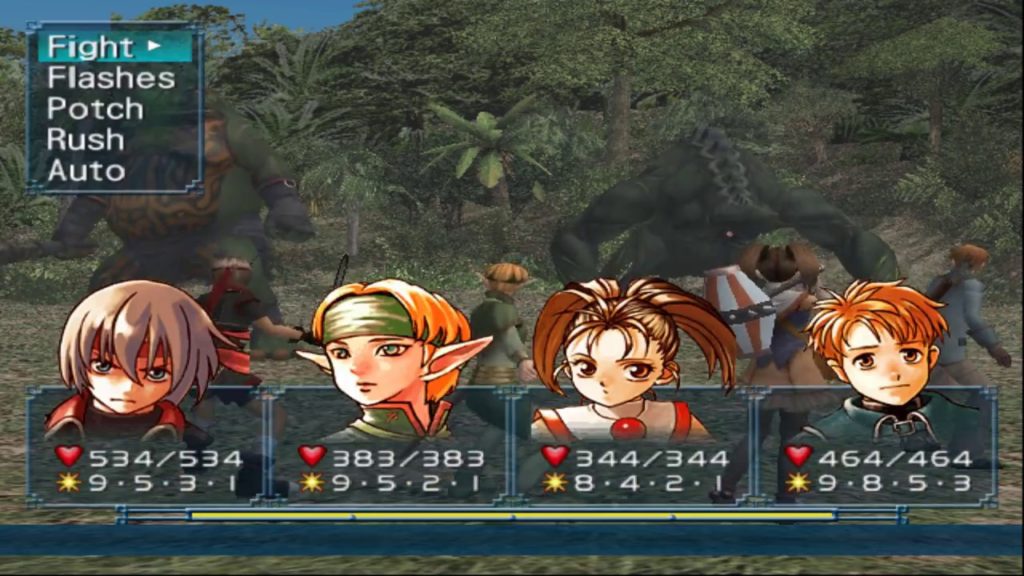
Suikoden IV and the Stumble
Suikoden IV tells the story of Lazlo, a young recruit crossing the path of the True Rune of Punishment and becoming a key player in the Island Nations war. The plot itself is still serious, dramatic, and intriguing, but the simplification in combat, the reduction of your fighting party to four people, and the boring minutes spent navigating the colossal sea of the Island Nations made Suikoden IV the black sheep of the series. This stumble may have not been perceive immediately (Suikoden IV still racked some good sales number), but it stained the franchise permanently and is perhaps one of the reasons we don’t have more numbered games.
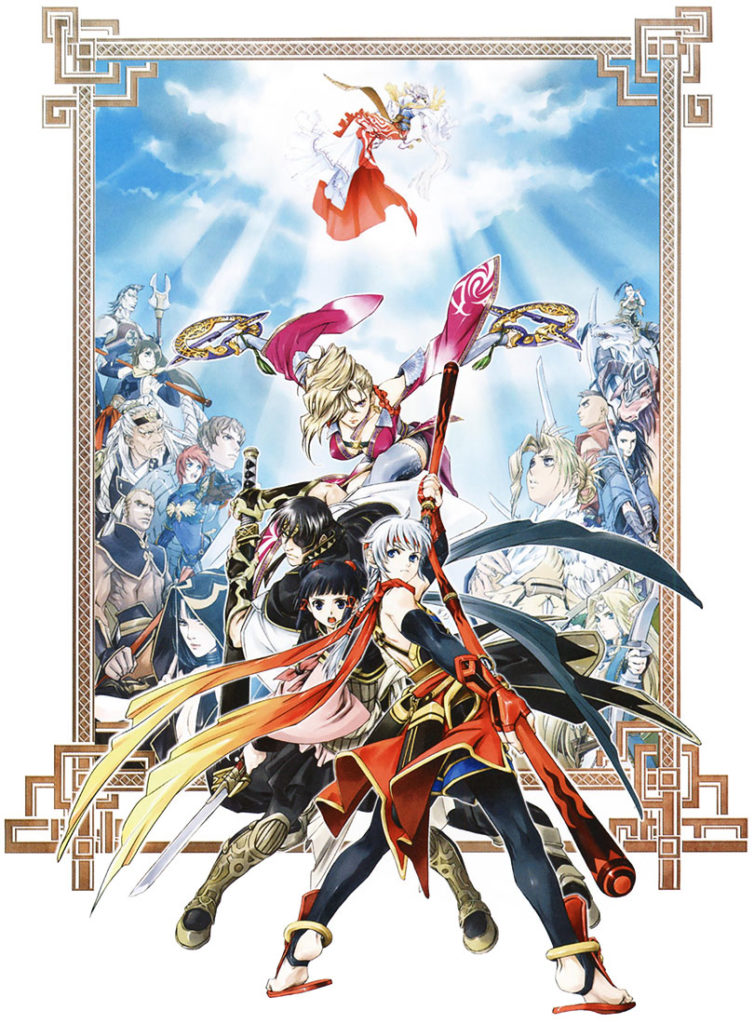
Suikoden V and the Glory
When releasing Suikoden V, it seems Konami decided to play safe. The story of prince Freyjadour Falenas shows the crisis in the Queendom of Falena and the influence of the True Sun Rune in the political clash around the throne. It is a game that is very similar to Suikoden II in many aspects, since the return of the classic combat to the progression of the plot. There are no radical changes even in the graphical aspect if compared to Suikoden IV, but the retro-style and a start filled with twists are practically everything the fans wanted Suikoden IV to be.
Spin-offs
Suikoden Tactics, Genso Suikogaiden I and II, and Suikoden Tierkreis offer different experiences from the reminder of the series. Suikoden Tactics gives more detail to the plot of Suikoden IV, but has a tactical combat in the veins of Tactics Ogre and Final Fantasy Tactics. The Suikogaidens, released only in Japan, are interactive novels about the spy Nash Latkje involving characters from Suikoden II and Suikoden III. Suikoden Tierkreis, in turn, doesn’t relate in any way to the world forged with the previous games
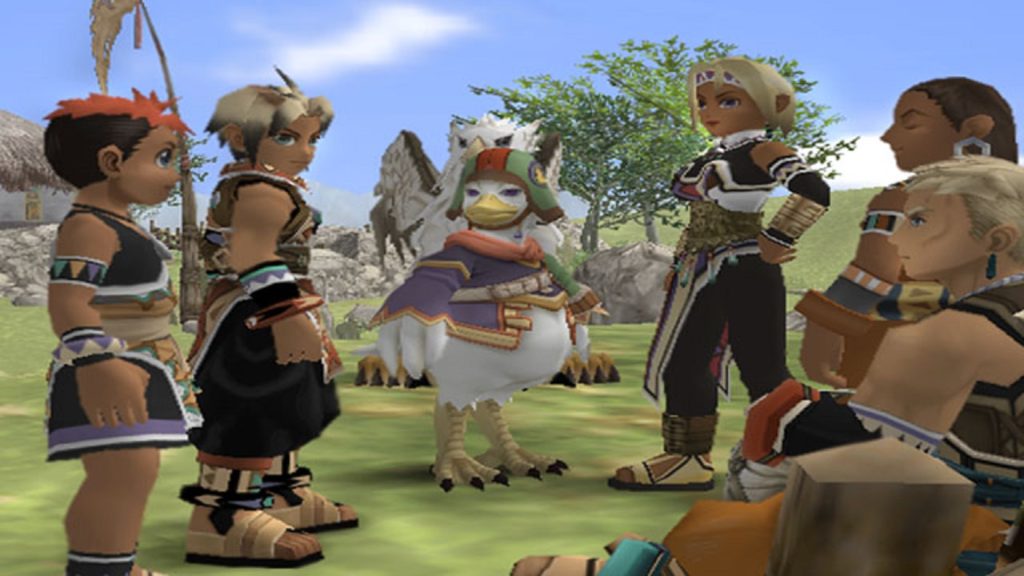
Where to Play?
Okay. Basically I suggested you to play more than half a dozen games. Where? How? Well, let’s take it easy. First, it is very difficult to have access to the original media of any Suikoden since they are not only old, but also not popular and easy to find. Second, not all games were re-released in other media formats because of their lackluster original sales or some other reason Konami may have
- You can find Suikoden I, Suikoden II, and Suikoden III at the Playstation Store and play them all in the Playstation 3, Playstation Portable, or Playstation Vita. That is good thing, especially because you should probably start playing the franchise with Suikoden II, which is not only the best, but a decently polished and well-made game.
- Suikoden IV, Suikoden V, and Suikoden Tactics are in limbo. You can only play them for now if you own their discs for the Playstation 2, but perhaps there is hope they can be released for the Playstation 4 through the PSN porting.
- Genso Suikogaiden Vol. 1 and Vol. 2 are only available for japanese owners of a Playstation, but you can find some fan-made translation and play it in your PC via emulation or game image.
- Suikoden Tierkreis is a Nintendo DS game and thus can only be played there. There is no word if it will be released in digital form to other Nintendo hardware.
- Genso Suikoden: Tsumugareshi Hyakunen no Toki is a big question mark for me. It was released late in the PSP life-cycle and only in Japan and I haven’t touched it in any way. Can you play it? Does it even exist? Is it even worth playing? I don’t know.
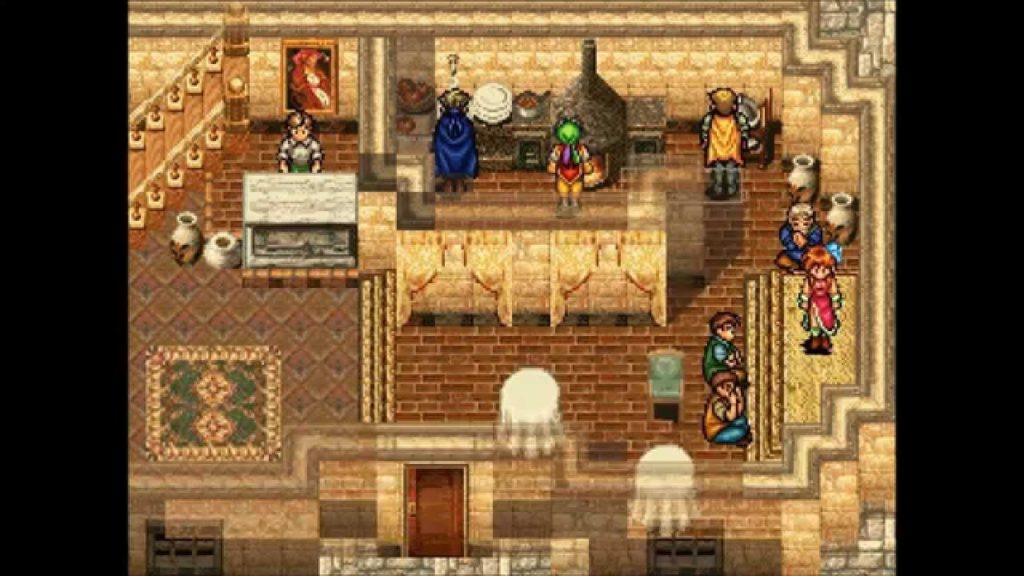
Where to begin?
Although the series is numbered and with lightly related tales, there is not necessarily an order to play them. Following the releases seems a good starting point, but in this case you must be prepared to face a very crude and unpolished game that is Suikoden I. For those who do not enjoy SNES-era graphics or is not in the mood for a trip back to the 90’s, a good beginning point is Suikoden III or maybe even Suikoden V. I do not recommend starting with Suikoden IV since it is the most different game of the franchise and brings the lesser version of Suikodens
Don’t bother playing Tierkreis or the PSP Suikoden anytime soon, as they could as well be called “Cute War Fantasy” and “Portable RPG Game #76” because they have almost no link to the franchise.
The real deal, however, is starting playing Suikoden II. Just do that.
